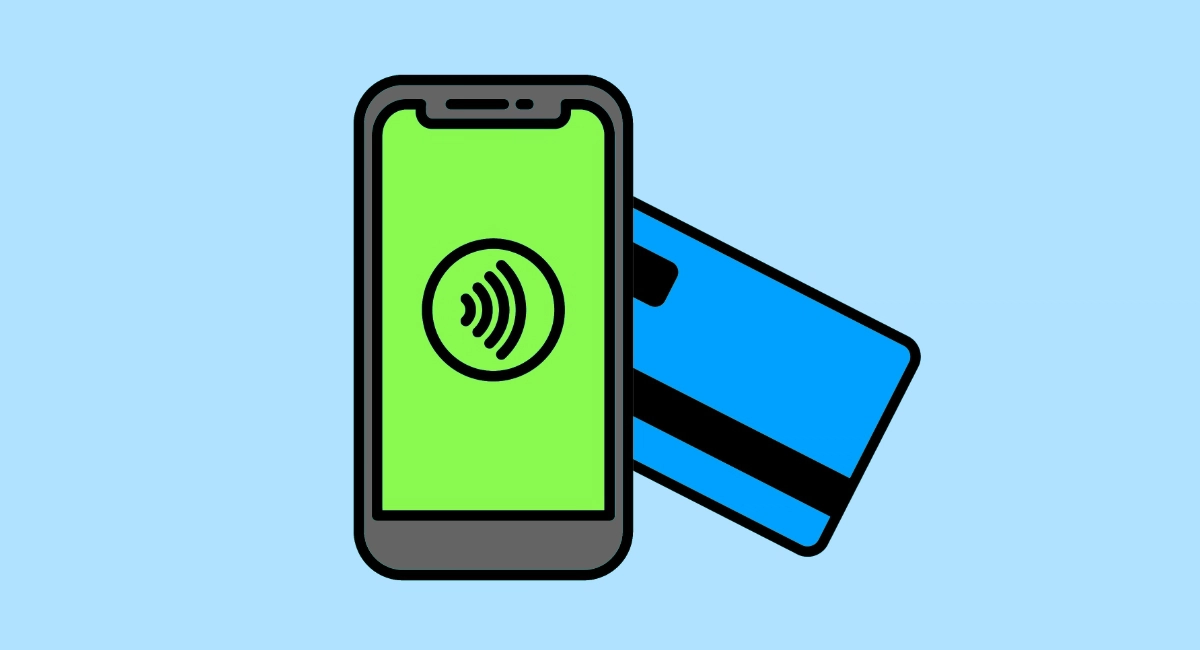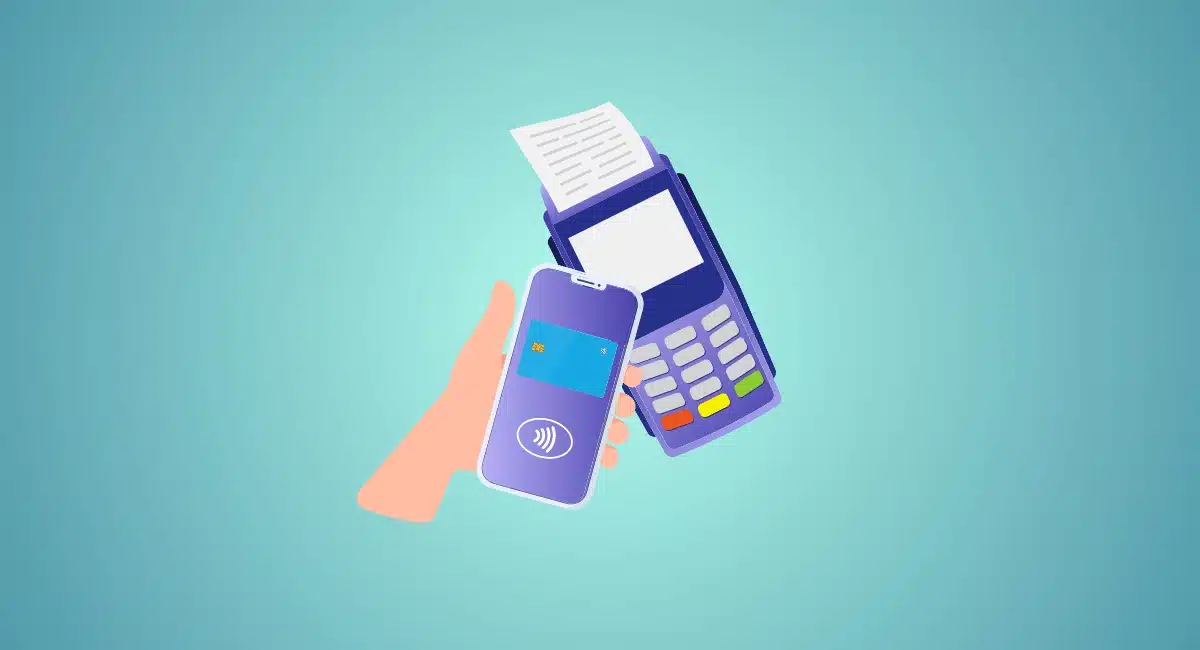Being able to transfer money directly from one mobile phone to another is the attraction of person to person SMS payments, particularly in countries such as India and Kenya where most people don’t have access to banks, or in other countries such as Japan, to enable foreign workers to send remittances home. But in the Western World SMS person to person payments are growing in popularity as a way to easily transfer money between friends and family.
There are two methods of person to person SMS payments in use at the moment: SMS text based payments and NFC payments.
Text payments for Person to Person Payments
In countries where there are not enough banking facilities being able to load money onto your phone and then text it directly to someone else has made a huge impact. In most of these countries, such as Kenya, India and most countries in Latin America the customer purchases a mobile phone and then visits an approved agent. These agents generally run local stores or garages. The customer hands over money to the agent and the agent ‘loads’ it onto the customer’s phone.
The customer can then send a text message, texting this payment to another individual. The recipient takes his/her mobile phone to their local vendor and picks up the cash.
In Japan, Filipino workers can use SMS Payments to send remittances home to the Philippines.
In the UK, customers can download the Pingit app from Barclays and use SMS payments to send money directly to another person’s phone. This app can be used by customers aged over 18 at any UK bank who have a current account, and by Barclays” bank customers aged 16 and upwards. Barclays expect that today’s teenagers will quickly grasp and use person to person SMS payments as a way to share the costs of nights out, meals, and taxis etc.
They also expect it to be used by parents to ensure that their children or teenagers have access to money when they need it.
NFC Person to Person Payments
In the United States, ING launched ‘Bump’ a NFC based system for person to person payments. With this system, users register their phones with ING Bump then they tell the app whether they want to send or receive a payment and how much money is involved. They then ‘bump’ phones with the person they wish to exchange money with and the transaction is done. Note the phones don’t actually have to touch; they use NFC to carry out the transaction.



